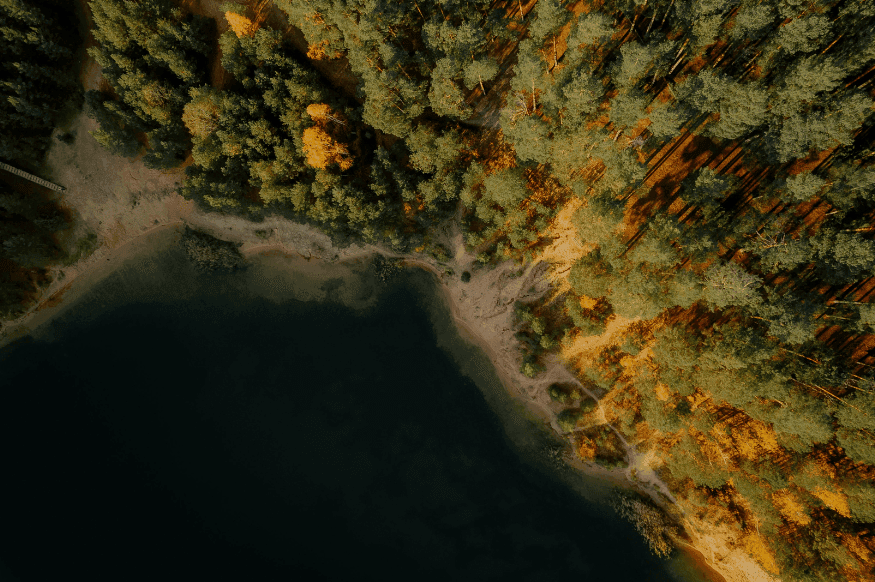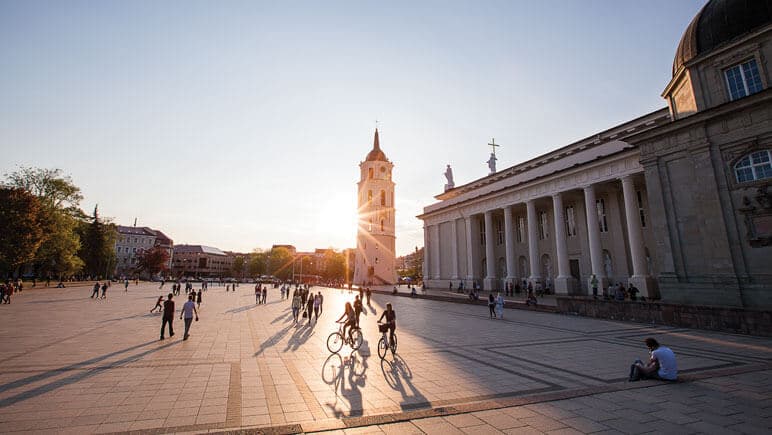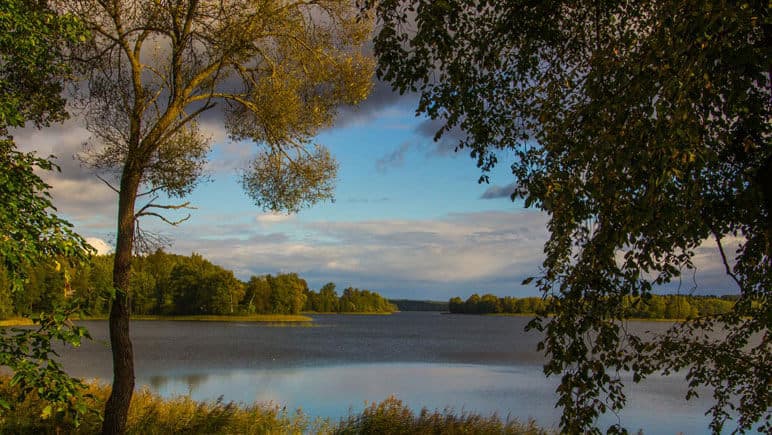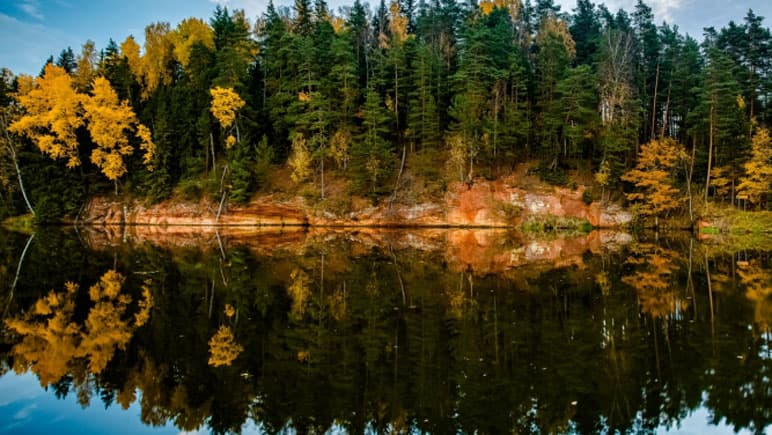Ever wondered which countries make up the Baltic States? Located along the pristine eastern shores of the Baltic Sea, three captivating nations—Estonia, Latvia, and Lithuania—form this distinctive region of Northern Europe. These countries share remarkable histories, breathtaking coastlines, and rich cultural traditions that make them some of Europe's most intriguing destinations to explore.
What are the Baltic States?
The Baltic States, also known as the Baltic countries or Baltic nations, refer to the three sovereign states located in Northern Europe: Estonia, Latvia, and Lithuania. These countries are geographically positioned between Scandinavia and Russia, sharing coastlines along the Baltic Sea that give them their collective name.
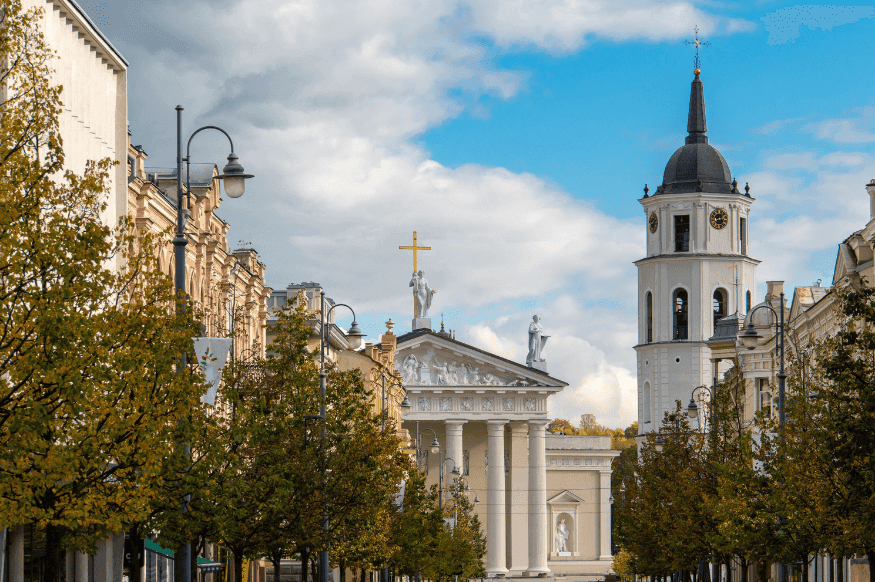
The term "Baltic States" became widely used during the 20th century, particularly during their shared experiences in the mid-20th century. Today, all three nations are proud members of both the European Union and NATO, having joined these organizations in 2004.
The three Baltic countries explained
Estonia: The digital pioneer
Estonia, the northernmost of the Baltic States, is often called the most "Nordic" of the three. With a population of approximately 1.3 million people, this small nation has made an outsized impact on the digital world.
Key facts about Estonia:
Capital: Tallinn
Language: Estonian (closely related to Finnish)
Notable achievements: First country to offer e-citizenship
UNESCO World Heritage Site: Tallinn's medieval Old Town
[IMAGE RECOMMENDATION: Tallinn's colorful medieval buildings and cobblestone streets]
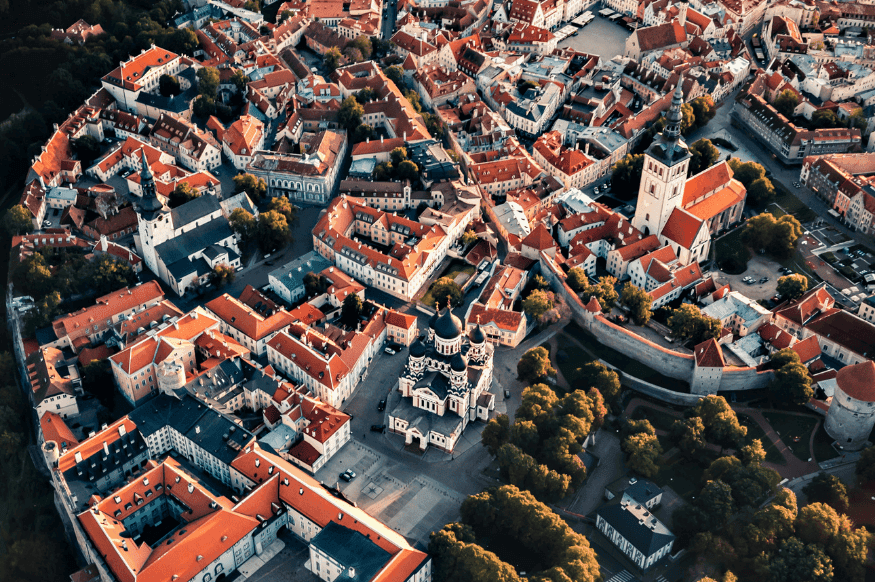
Estonia's digital innovation extends beyond technology companies. The country pioneered online voting, digital signatures, and comprehensive e-governance systems that serve as models for nations worldwide.
Latvia: The cultural crossroads
Positioned in the center of the Baltic region, Latvia serves as a cultural bridge between its neighbors. With Riga as its capital, Latvia boasts the largest city in the Baltic States and a rich architectural heritage.
Key facts about Latvia:
Capital: Riga
Language: Latvian
Population: About 1.9 million
Famous for: Art Nouveau architecture, traditional folk music, and pristine beaches
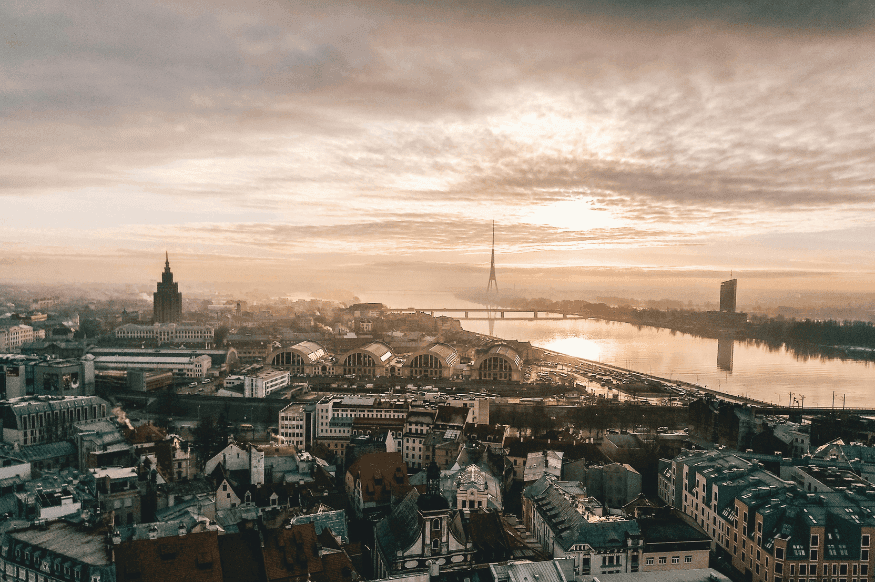
Riga's historic center contains one of Europe's finest collections of Art Nouveau buildings, with over 800 structures representing this architectural style. The city's cultural significance earned it recognition as a UNESCO World Heritage Site.
Lithuania: The largest Baltic nation
Lithuania, the southernmost and largest of the Baltic States, played a crucial role in European history. This nation of nearly 3 million people was once part of one of Europe's largest medieval empires.
Key facts about Lithuania:
Capital: Vilnius
Language: Lithuanian (one of the world's most conservative Indo-European languages)
Historical significance: Former Grand Duchy of Lithuania was a major European power
Geographic center of Europe is located in Lithuania
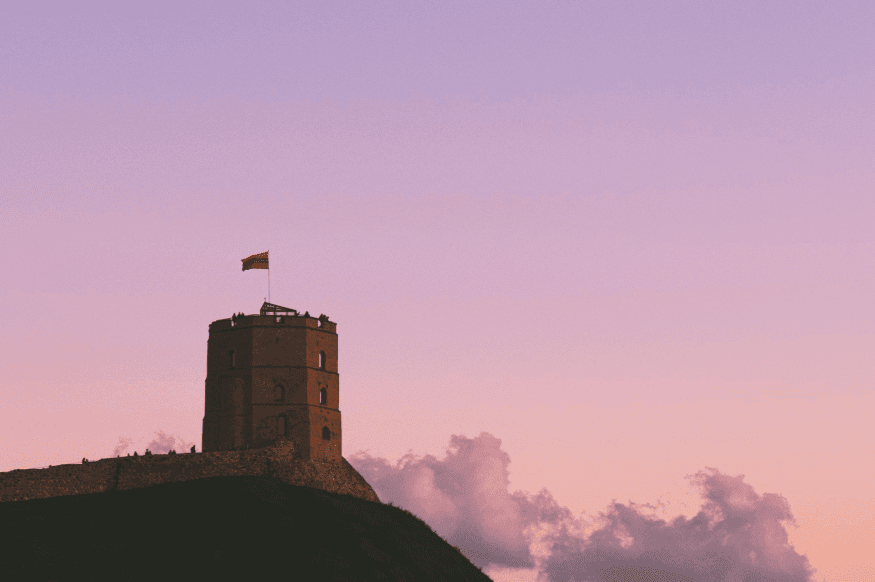
Lithuania holds the distinction of being the last pagan country in Europe to convert to Christianity, which occurred in 1387. The country's rich Catholic heritage is evident throughout its architecture and cultural traditions.
Why visit the Baltic States?
Where fairy tales meet the future
Step into a region where medieval spires rise alongside tech startup offices and where ancient amber washes up on beaches next to wind farms. The Baltic States—Estonia, Latvia, and Lithuania—offer travelers something extraordinary: a front-row seat to Europe's most dynamic renaissance.
These aren't museum countries frozen in time. They're living, breathing societies that have reinvented themselves while honoring their roots. In Tallinn, you'll find medieval merchants' houses converted into co-working spaces. In Riga, Art Nouveau buildings house contemporary art galleries. In Vilnius, baroque churches echo with both Gregorian chants and indie concerts.
Natural beauty and outdoor activities
The Baltic experience defies easy categorization. One day you might be island-hopping in Estonia's archipelago, where each landmass feels like a private kingdom. The next, you could be cycling through Latvia's Gauja Valley, following trails that wind past castles, caves, and craft breweries. Or perhaps you'll find yourself in Lithuania's Trakai, kayaking around a fairytale castle that seems to float on water.
The insider's advantage
Here's the Baltic secret: you're still early to the party. These countries offer the infrastructure and sophistication of Western Europe with the warmth and curiosity of places not yet overrun by tour buses. Locals have time for conversations, restaurants aren't booked solid months ahead, and that perfect viewpoint probably won't have twenty other photographers jostling for position.

The Baltic States prove that small nations can achieve remarkable success through strategic planning, technological innovation, and commitment to democratic values. Their journey from occupation to modern European nations continues to inspire countries worldwide undergoing similar transitions.
For travelers seeking authentic European experiences away from crowded tourist destinations, the Baltic States offer the perfect combination of history, culture, and natural beauty.
Our recommendation is to explore all three countries on a scenic road trip. Start your adventure in Estonia and drive south through Latvia to Lithuania or reverse the route for a unique perspective. Begin your trip with a ferry ride from Sweden. Sail from Kapellskär to Paldiski, Estonia, and immerse yourself in a world where medieval architecture meets a thriving tech scene. Alternatively, depart from Karlshamn to Klaipeda, Lithuania, where you’ll find stunning coastlines and vibrant traditions waiting to be discovered.
Whether you're interested in medieval architecture, cutting-edge technology, or pristine wilderness, Estonia, Latvia, and Lithuania provide unforgettable adventures in Northern Europe's most dynamic region.
Plan your Baltic Road Trip today with our exclusive travel deal
